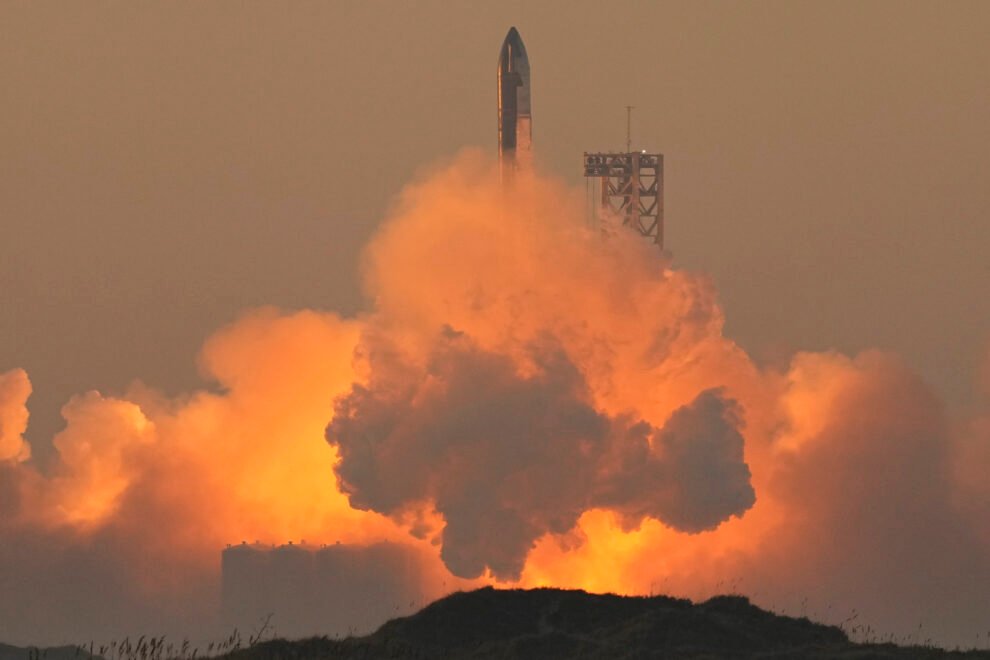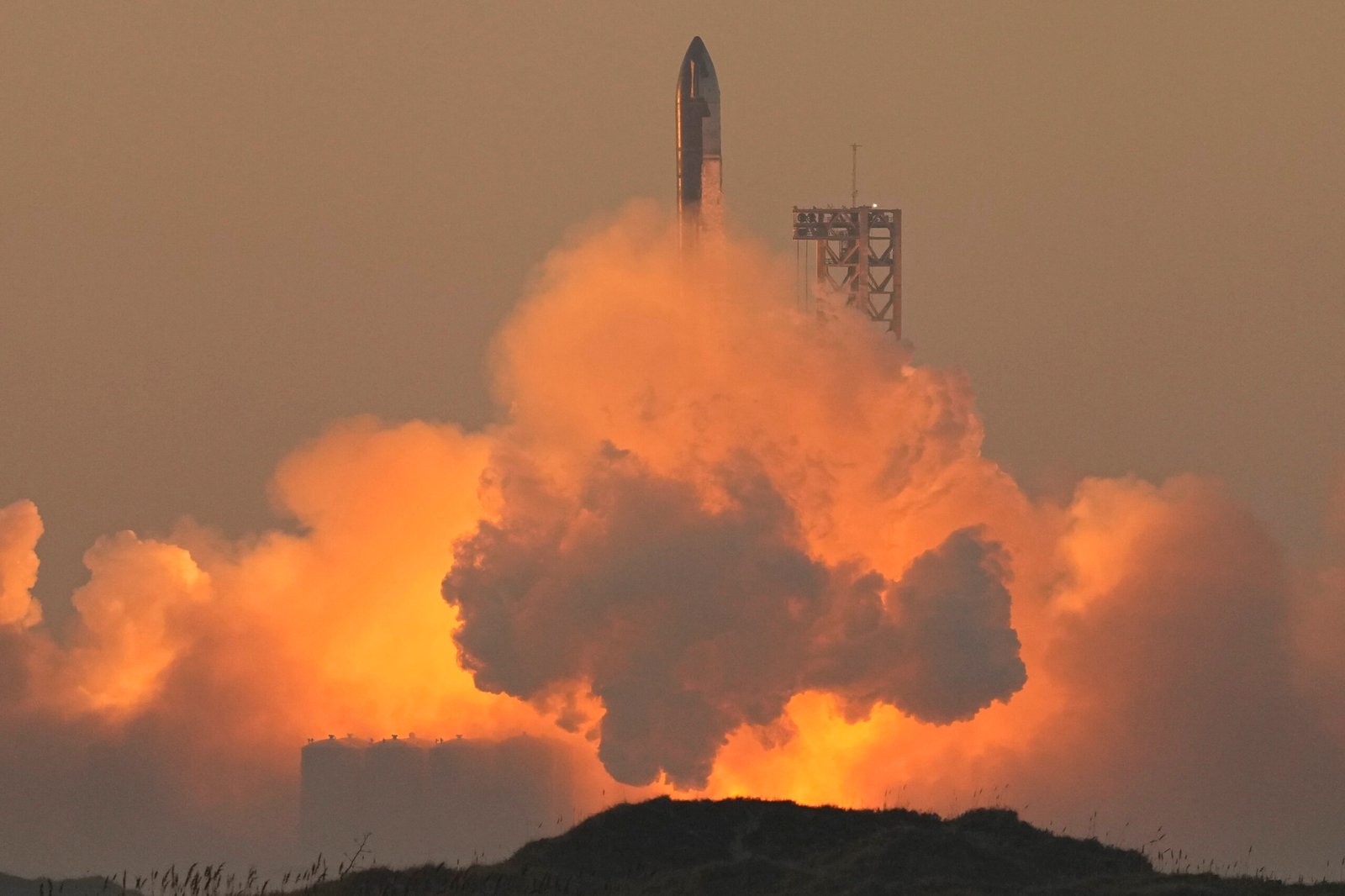SpaceX’s latest endeavor with Starship, the most ambitious rocket ever built aimed at colonizing Mars, encountered a mix of triumph and turbulence. Despite a high-profile mishap, SpaceX is celebrating the mission’s outcomes, underscoring the progress toward future space exploration.
Key Highlights:
- Starship’s plan involved a launch from Texas, aiming to breach space before splashing down near Hawaii. However, completing the entire flight remained a formidable challenge.
- The initial launch attempt in April revealed multiple engine failures, leading to an uncontrolled spin and explosion. This incident prompted a thorough review and modifications by SpaceX.
- The Federal Aviation Administration (FAA) grounded Starship, later allowing a second attempt after SpaceX made significant design improvements.
- Innovations for the second launch included an enhanced self-destruct system, a novel attachment mechanism for the booster, and electrical engine control enhancements.
- Despite achieving a smoother booster separation and flawless first-stage engine performance, the second stage experienced an anomaly, triggering the automated termination system.
- No public property damage or injuries were reported, marking a controlled conclusion to the test.
- SpaceX has invested heavily in Starship, with aims to support NASA’s lunar missions and the next generation of the Starlink satellite internet system.
Progress Amidst Challenges
SpaceX’s journey with Starship reflects a blend of visionary ambition and the pragmatic hurdles of pioneering space technology. Each test, despite its outcome, provides invaluable data driving the next phase of development. The recent test underscored both the technical strides made and the complexities of space travel, illustrating SpaceX’s commitment to innovation and safety.
Understanding the Mission’s Outcome
SpaceX’s Starship SN24 and its Super Heavy booster BN7 showcased a momentous launch, igniting all 33 engines and demonstrating the vehicle’s robust design by surviving maximum aerodynamic pressure (Max Q). However, the failure to separate the booster from the Starship stage led to an unplanned continuation of their combined flight until the eventual disassembly over the Gulf of Mexico.
This event, while not according to the initial mission plan, has been viewed through a lens of progress and innovation. SpaceX’s methodology in pushing the boundaries of space technology emphasizes learning from each test, regardless of its outcome. The data collected from this flight is expected to significantly contribute to refining the spacecraft’s design and operational procedures, moving closer to the goal of reusable space travel for human and cargo missions to Earth’s orbit and beyond.
Despite the setback, SpaceX’s commitment to advancing space exploration remains unwavering. The Starship project is a cornerstone of the company’s vision for interplanetary travel, with aspirations of missions to the Moon, Mars, and possibly beyond. Each test, success or failure, is a step towards realizing a future where space travel is more accessible, sustainable, and frequent.
Rewatching the Launch
For space enthusiasts eager to reexperience the launch, SpaceX typically offers replays through their official website and social media channels. Viewing these reruns can offer insights into the intricacies of space engineering and the thrill of pushing the boundaries of exploration.
While the mission didn’t go as planned, SpaceX’s ability to adapt and improve signifies a resilient step forward in the quest for Mars colonization. The mixed results of Mission 3 underline the challenges of space exploration but also spotlight the incremental victories along the path to the stars.



















